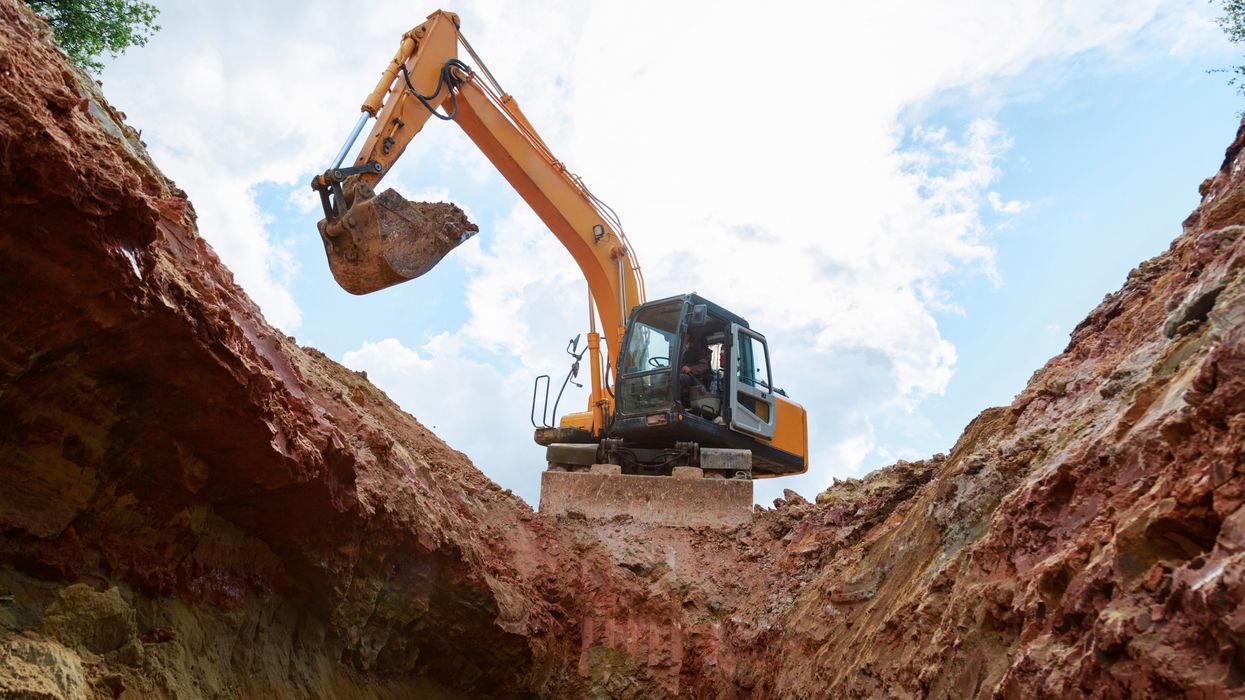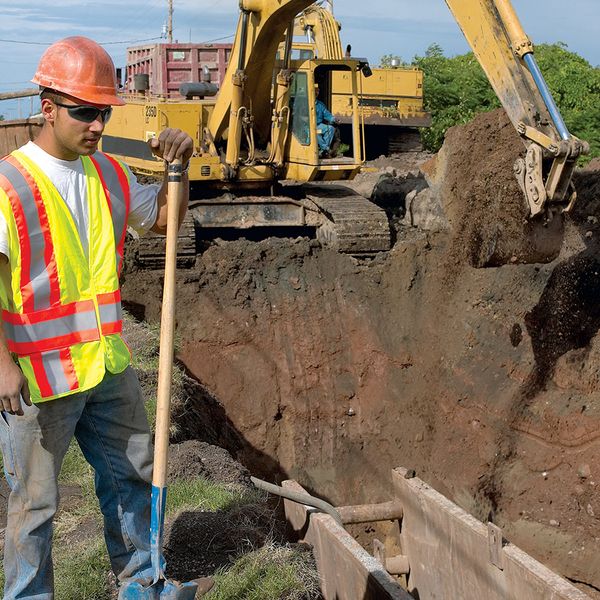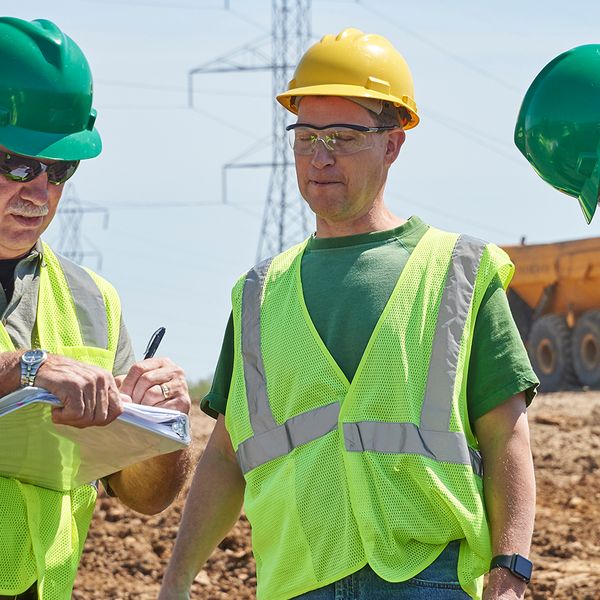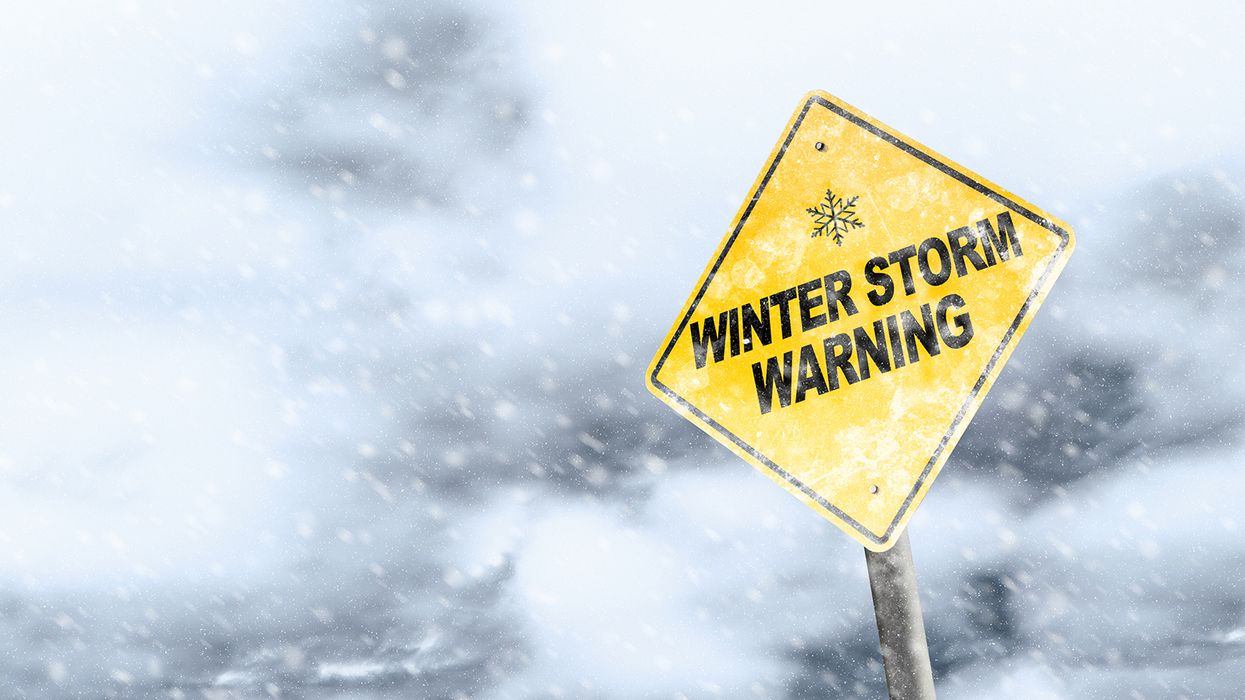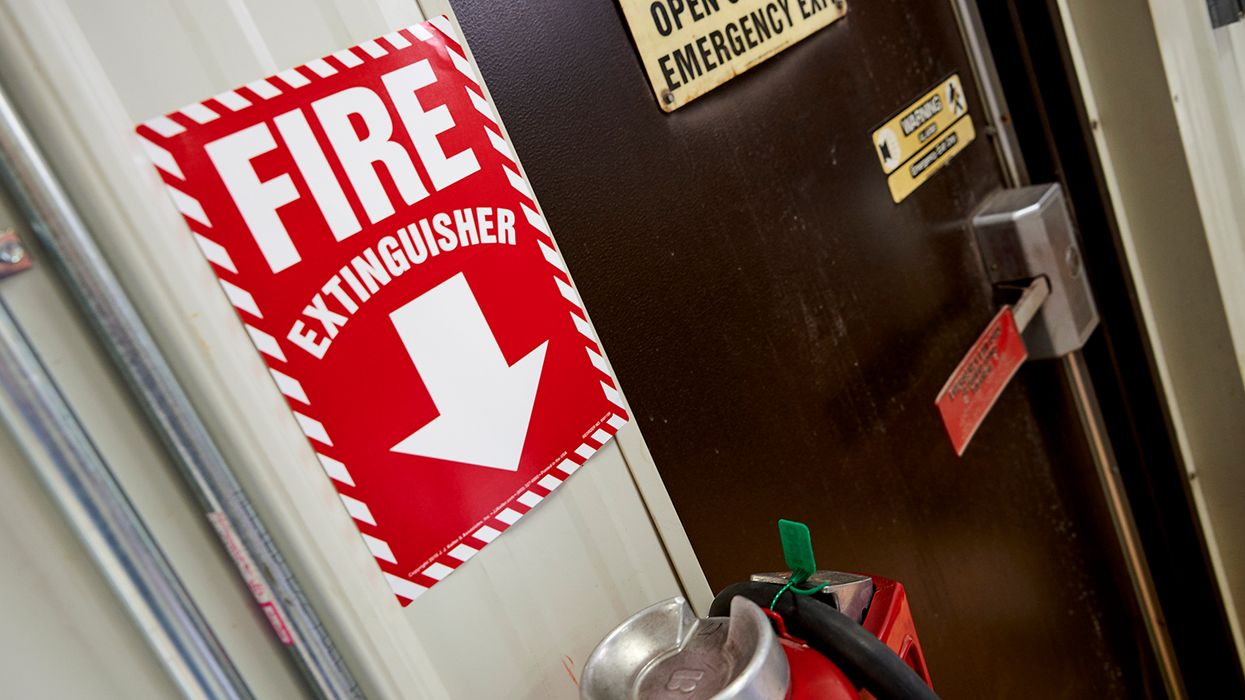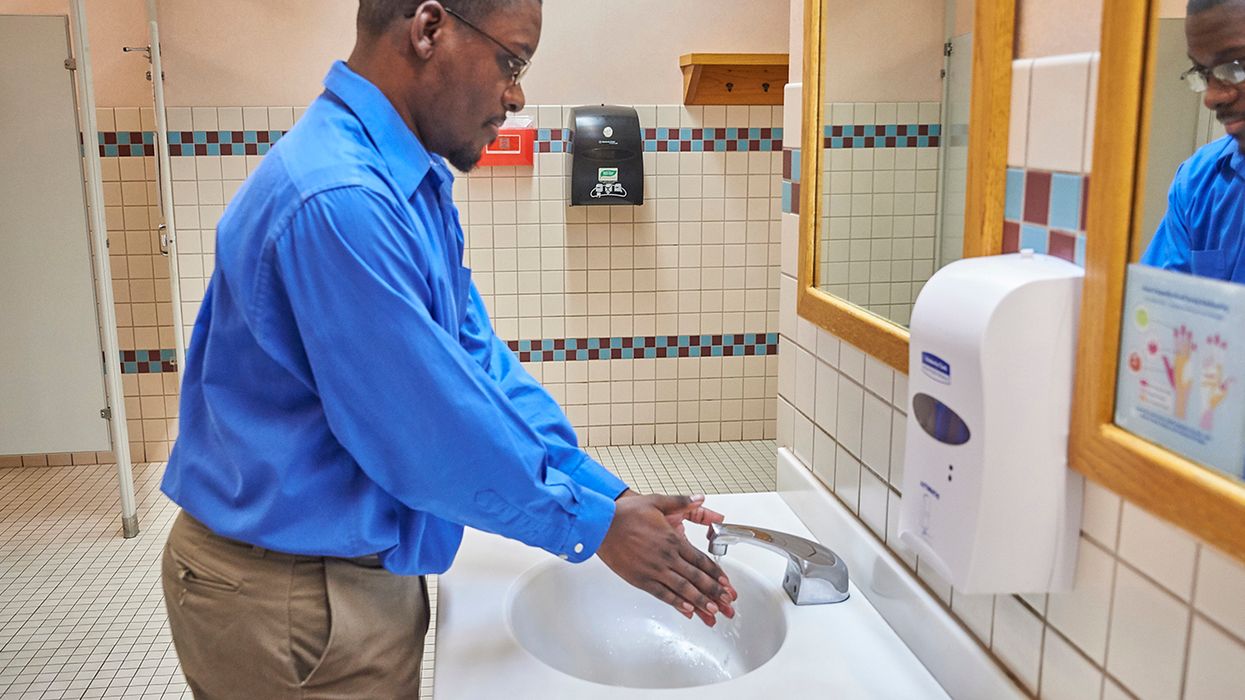Top five excavation hazards cited by OSHA the most
Many workers die in trench/excavation cave-ins each year. Of the many cave-in fatalities identified by NIOSH researchers, construction workers accounted for many of those deaths. Almost without exception, trench/excavation deaths can be prevented by following existing OSHA safety regulations.
Several factors contribute to trench cave-ins. For example, soil stability is related to soil type and may be affected by changes in weather. In the spring, heavy from rain, improperly shored trench walls can become unstable. Also, when damp soil has exposure to air during excavation, it can dry out and lose the ability to stand on its own, increasing the risk that it will slide into the trench. Other factors, such as how close the excavation is to highways, large machinery, backfilled areas, or existing structures, can also affect soil stability.
The following trench/excavation rules are those that OSHA recently cited the most when inspecting construction jobsites.
Protection in excavations
Employees in an excavation must be protected from a cave-in by an adequate protective system unless the excavation is:
- Made entirely in stable rock, or
- Less than 5 feet deep and a competent person has determined there is no indication of a potential cave-in.
Protective systems may include sloping and benching, trench shields, or support systems such as timber or aluminum hydraulic shoring.
Inspections
A competent person must inspect excavations, adjacent areas, and protective systems for evidence of situations that could result in possible cave-ins, indications of failure of protective systems, hazardous atmospheres, or other hazardous materials conditions.
The competent person must conduct the inspection before starting work and as needed throughout the shift. Make inspections after every rainstorm or other hazard-increasing occurrence. These inspections are only required when employee exposure can be reasonably anticipated.
Access and egress
In excavations that are 4 feet or deeper, use a stairway, ladder, ramp, or other safe means of getting out to require no more than 25 feet of lateral travel for employees to reach the escape method.
Spoil piles and other fall back
Protect employees from excavated or other materials or equipment that could pose a hazard by falling or rolling into excavations. Protection must be provided by placing and keeping such materials or equipment at least 2 feet from the edge of the excavation, or by using sufficient retaining devices to prevent materials or equipment from falling or rolling into excavations, or by a combination of both if necessary.
Exposed employee
Protect employees from excavated or other materials or equipment that could pose a hazard by falling or rolling into excavations. Protection must be provided by placing and keeping such materials or equipment at least 2 feet from the edge of the excavation, or by using sufficient retaining devices to prevent materials or equipment from falling or rolling into excavations, or by a combination of both if necessary.
Key to Remember
A competent person must ensure that excavations are protected from a cave-in by an adequate protective system. Protective systems may include sloping and benching, trench shields, or support systems such as timber or aluminum hydraulic shoring.

